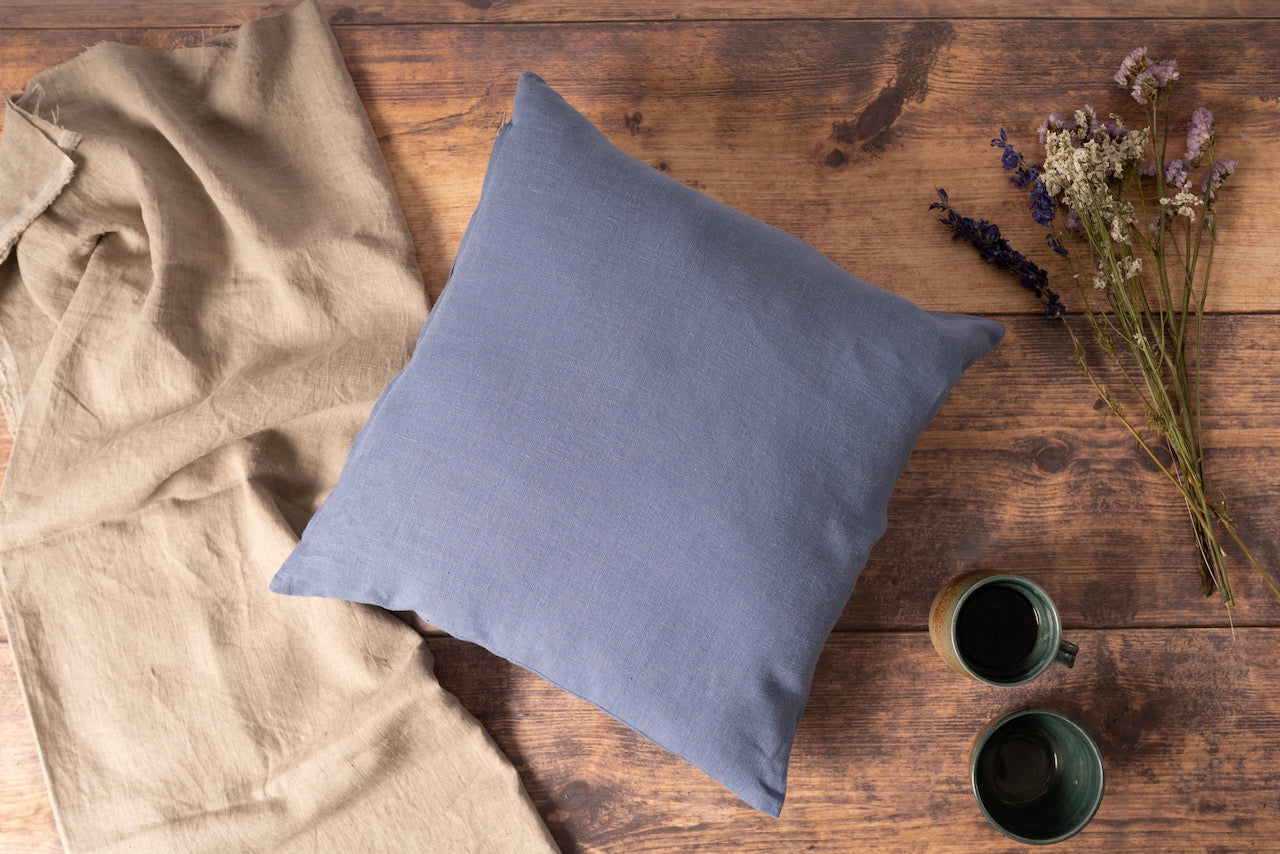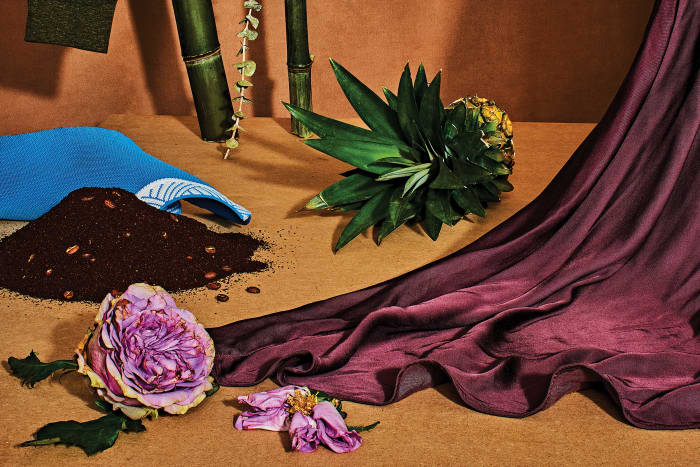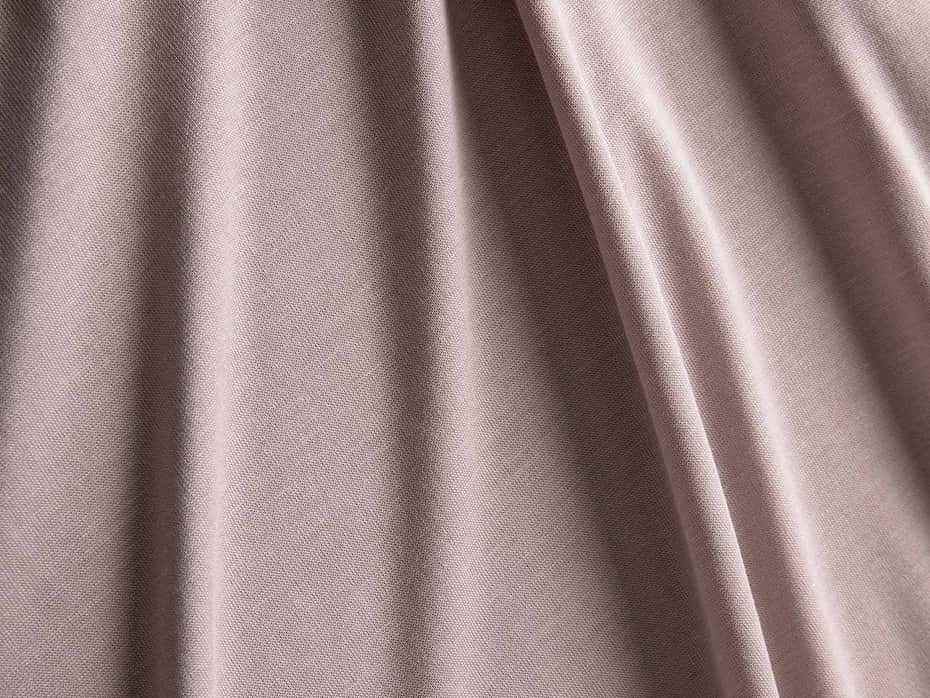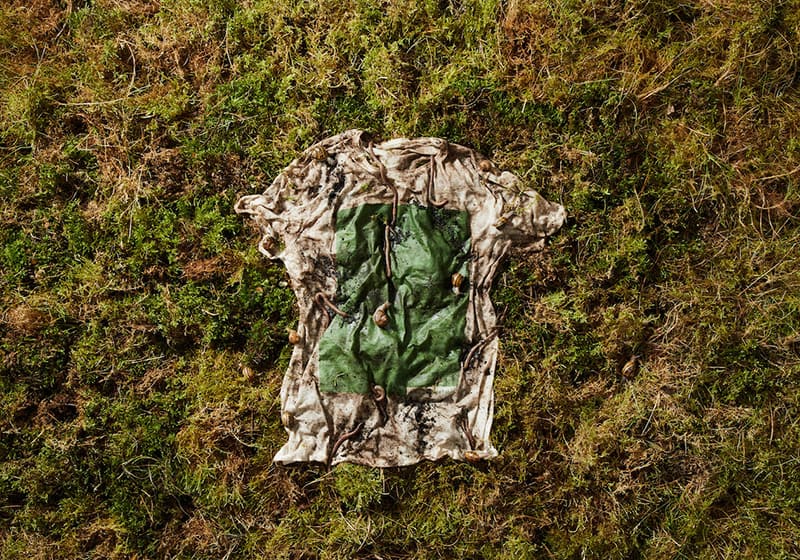The Eco-Friendly Elegance of Linen
Share

In a world where sustainability and style are becoming increasingly intertwined, one fabric stands out for its eco-friendly elegance: linen. Known for its luxurious feel and timeless appeal, linen is not only a staple in fashion and home decor, but also a champion of environmentally conscious living. Let’s delve into the world of this versatile and sustainable material, and explore the many reasons why linen has become a favorite among those seeking both sophistication and sustainability.

– The Sustainable Benefits of Linen Fabric
Linen fabric is not only stylish and elegant, but it also boasts a plethora of sustainable benefits that make it a top choice for eco-conscious consumers. As one of the oldest textiles in the world, linen has stood the test of time due to its natural properties and environmentally friendly production process.
One of the standout features of linen is its biodegradability. Unlike synthetic fabrics that can linger in landfills for hundreds of years, linen breaks down naturally, reducing environmental impact. Additionally, linen is made from the flax plant, which requires minimal water and pesticides to grow, making it a more sustainable option compared to other crops used in textile production.
Furthermore, linen is known for its durability, meaning that garments made from this fabric have a longer lifespan. This longevity not only reduces the need for frequent replacements but also minimizes waste in the fashion industry. With proper care, linen pieces can be cherished and enjoyed for years to come, making them a truly sustainable choice for the modern consumer.
– The Timeless Versatility of Linen
Linen has been a staple textile for thousands of years, prized for its timeless elegance and versatility. From ancient civilizations to modern fashion designers, linen continues to be a popular choice for those seeking eco-friendly and sustainable fabrics. The natural beauty of linen lies in its durability, breathability, and ability to adapt to any style or occasion.
One of the key features of linen is its eco-friendly nature. Linen is derived from the flax plant, which requires minimal water and pesticides to grow. This makes linen a sustainable choice for those concerned about the environmental impact of their clothing. Linen is also biodegradable, ensuring that it will not contribute to the growing problem of textile waste in landfills.
When it comes to versatility, linen truly shines. Whether you’re dressing up for a formal event or keeping it casual on a sunny day, linen effortlessly transitions from day to night. Its natural texture and drape add a touch of sophistication to any outfit. Plus, linen is known for its ability to keep you cool in hot weather and warm in colder temperatures, making it the perfect choice for year-round wear.
– How to Care for Your Linen Pieces
Linen pieces are not only elegant but also eco-friendly, making them a sustainable choice for your wardrobe. To ensure that your linen pieces last for a long time, proper care is essential. Here are some tips on how to care for your linen pieces:
- Hand wash or machine wash on a gentle cycle: It is recommended to hand wash your linen pieces to prevent shrinking and maintain their shape. If you prefer using a machine, make sure to select a gentle cycle and use a mild detergent to avoid damaging the fabric.
- Air dry your linen pieces: Instead of using a dryer, air drying your linen pieces will help preserve their fibers and prevent them from shrinking. Hang your linen items in a well-ventilated area to allow them to dry naturally.
- Iron your linen pieces while slightly damp: Linen can be prone to wrinkles, but ironing them while slightly damp can make the process easier. Use a medium to high heat setting and iron your linen pieces inside out to protect the fabric.
In addition to these care tips, it is essential to store your linen pieces in a cool, dry place to prevent moisture and mildew. By following these guidelines, you can enjoy your linen pieces for years to come while contributing to a more sustainable fashion industry.
– Styling Tips for Incorporating Linen into Your Wardrobe
Linen is a timeless fabric that exudes effortless elegance and sophistication. Its natural fibers make it not only a chic choice for your wardrobe but also an eco-friendly one. Incorporating linen pieces into your outfits can give you a fresh and breezy look that is perfect for the warmer months.
To rock the linen trend with style, consider the following tips:
- Mix and match: Pair a linen blouse with high-waisted jeans for a casual yet polished look. You can also mix linen separates in different colors or patterns for a fun and eclectic ensemble.
- Layer it up: Add a linen blazer or cardigan to your outfit to elevate your style. Layering with linen pieces can add texture and depth to your look while keeping you cool and comfortable.
- Accessorize strategically: Opt for accessories in natural materials like straw or rattan to complement the organic feel of linen. A straw hat or woven bag can perfectly complement your linen outfit and enhance its bohemian vibe.
- Opt for classic silhouettes: Choose timeless cuts and silhouettes when wearing linen to ensure a sophisticated look. A linen midi dress or a wide-leg pant is a versatile option that can take you from day to night effortlessly.
Embrace the eco-friendly elegance of linen in your wardrobe and enjoy the comfort and style it brings to your outfits. As we wrap up our exploration of the eco-friendly elegance of linen, it is clear that this natural fabric holds a special place in the world of sustainable fashion and home decor. With its luxurious feel, breathability, and durability, linen offers a timeless elegance that is both stylish and environmentally conscious.
Whether you choose to incorporate linen into your wardrobe or your living space, you can feel good knowing that you are making a chic and eco-friendly choice. So next time you’re looking for that perfect blend of style and sustainability, consider reaching for linen – a fabric that embodies both beauty and a commitment to a greener future.









